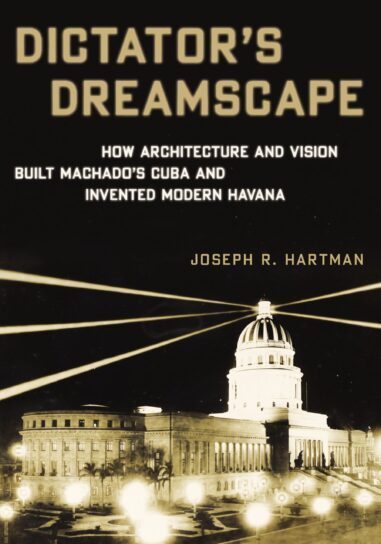
Hardcover $65.00
Request Exam or Desk Copy. Request Review Copy
Dictator’s Dreamscape
How Architecture and Vision Built Machado's Cuba and Invented Modern Havana
Dictator’s Dreamscape will serve as a touchstone work to understand how cults of personality meld seamlessly with regimes of power and public edification. . . . Architectural historians, semioticians, planners, cultural geographers, and curious travelers . . . will turn to these pages for years to come.”

